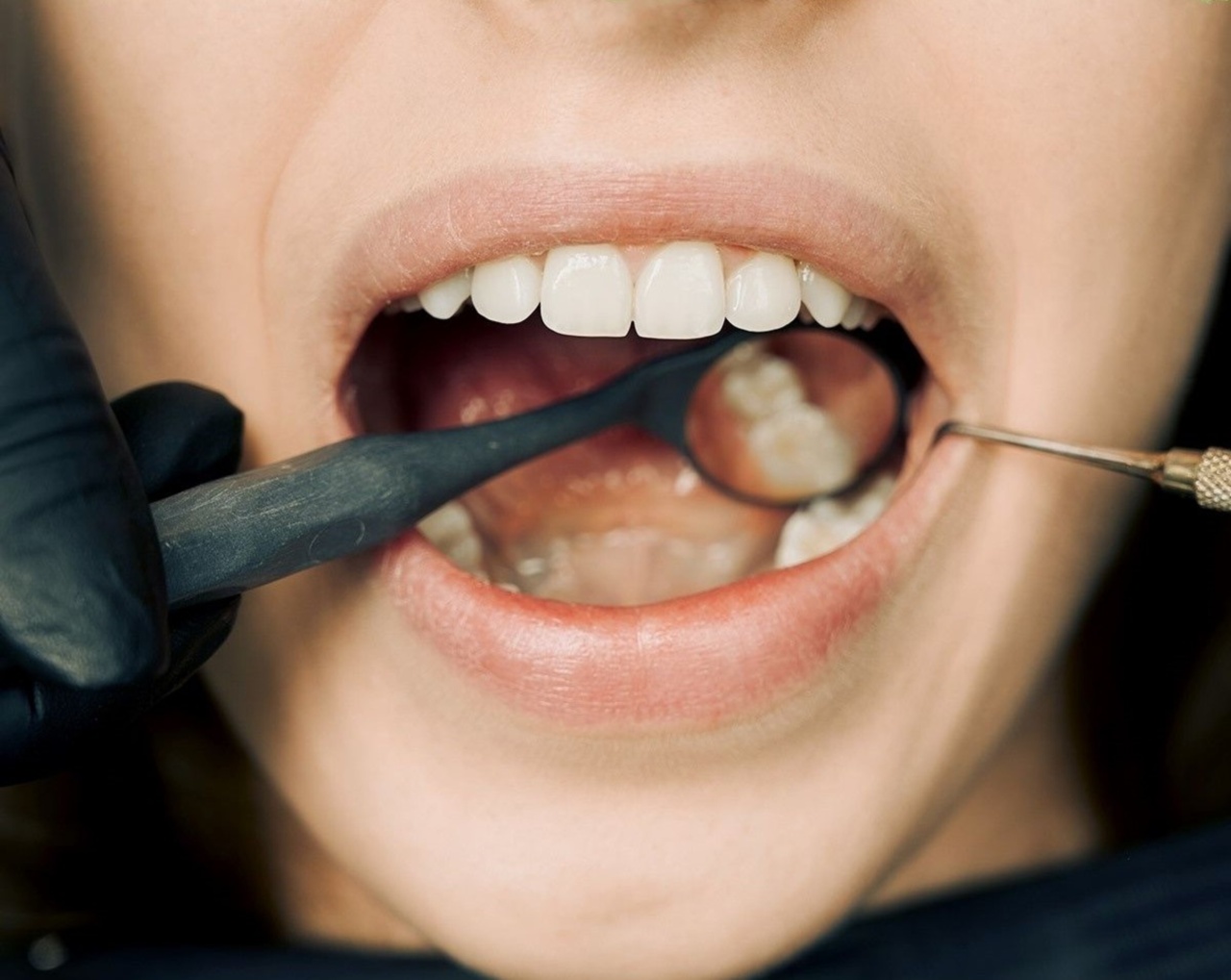Oral cancer is a malignant neoplasm that affects various parts of the mouth, including the lips, tongue, cheeks, and gums. It is a significant global health problem, with increasing incidence rates and a high mortality rate.
While oral cancer presents several common features, there are also numerous anomalies associated with this condition that make it a complex and diverse disease. This article aims to shed light on these anomalies and explore the various aspects of oral cancer.
Symptoms of Oral Cancer
The early stages of oral cancer are often asymptomatic, making timely diagnosis challenging. However, as the disease progresses, several warning signs may indicate the presence of oral cancer. These symptoms may include:.
- Sores or ulcers that do not heal within two weeks
- Persistent pain or discomfort in the mouth
- A lump or thickening of the skin or lining of the mouth
- Difficulty or pain while swallowing
- A persistent sore throat
- Unexplained bleeding in the mouth
If any of these symptoms are experienced, it is essential to seek medical attention promptly for a proper diagnosis and to determine the appropriate course of treatment.
Risk Factors for Oral Cancer
Various factors can increase an individual’s risk of developing oral cancer. Some common risk factors include:.
- Tobacco use, including smoking cigarettes, cigars, or pipes
- Excessive alcohol consumption
- Prolonged exposure to sunlight without adequate protection for the lips
- Human papillomavirus (HPV) infection, particularly the high-risk strains HPV-16 and HPV-18
- Family history of oral cancer
- Poor oral hygiene
- Chronic irritation of the oral cavity
While these risk factors can increase the chances of developing oral cancer, it is important to note that the disease can also affect individuals with no identifiable risk factors.
Diagnosis of Oral Cancer
The diagnosis of oral cancer typically involves a combination of physical examinations, imaging tests, and biopsies.
The healthcare provider will first conduct a thorough examination of the mouth, tongue, and surrounding tissues, looking for any abnormalities or indications of cancerous growth. They may then recommend additional tests, such as:.
- Imaging tests like X-rays, CT scans, or MRI scans to determine the extent of the cancer and if it has spread to other areas
- Biopsy, which involves the removal of a small sample of tissue from the suspicious area for laboratory analysis
Once the diagnosis is confirmed, the staging of the cancer will be determined, which helps in planning the appropriate treatment approach.
Treatment Options for Oral Cancer
The treatment of oral cancer depends on several factors, including the stage and location of the cancer, as well as the overall health of the patient. Common treatment options for oral cancer include:.
- Surgery: This may involve the removal of the tumor and surrounding tissues, and in some cases, may require reconstruction of the affected area.
- Radiation therapy: High-energy beams are used to kill cancer cells and shrink tumors. It may be used as the primary treatment or in combination with surgery.
- Chemotherapy: Medications are administered either orally or intravenously to kill cancer cells. It is often used in conjunction with surgery or radiation therapy.
- Targeted therapy: This approach targets specific abnormalities within the cancer cells to block their growth.
The treatment plan will be personalized for each patient, taking into account their specific needs and circumstances.
Preventive Measures for Oral Cancer
While the risk of developing oral cancer cannot be completely eliminated, certain preventive measures can help reduce the chances of its occurrence. These include:.
- Quitting smoking and tobacco use
- Moderating alcohol consumption
- Adopting a healthy and balanced diet rich in fruits and vegetables
- Using lip balms or sunscreens with a high sun protection factor (SPF) to protect the lips from prolonged sun exposure
- Practicing good oral hygiene, including regular brushing and flossing, and visiting the dentist for routine check-ups
- Getting vaccinated against HPV, which can significantly reduce the risk of developing oral cancer
By following these preventive measures, individuals can take proactive steps to minimize their risk of oral cancer and enhance their overall oral health.
Conclusion
Oral cancer is a complex disease with various anomalies and complexities.
Recognizing the symptoms, understanding the risk factors, obtaining a timely diagnosis, exploring treatment options, and practicing preventive measures are essential for combating this condition. Regular oral health check-ups and active participation in oral cancer awareness programs can play a crucial role in early detection and increased survival rates.
By staying informed and taking necessary precautions, individuals can contribute to the prevention and effective management of oral cancer.

























